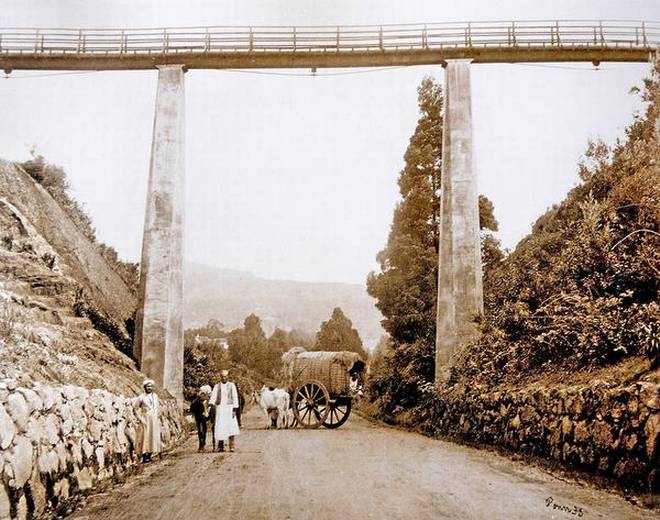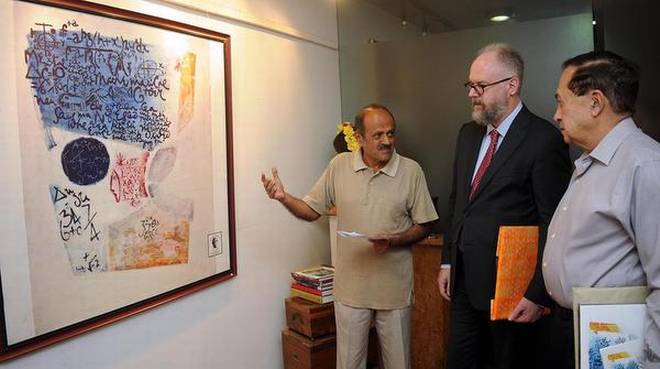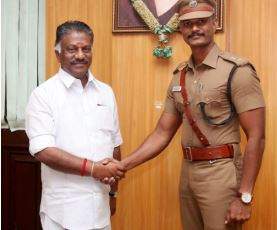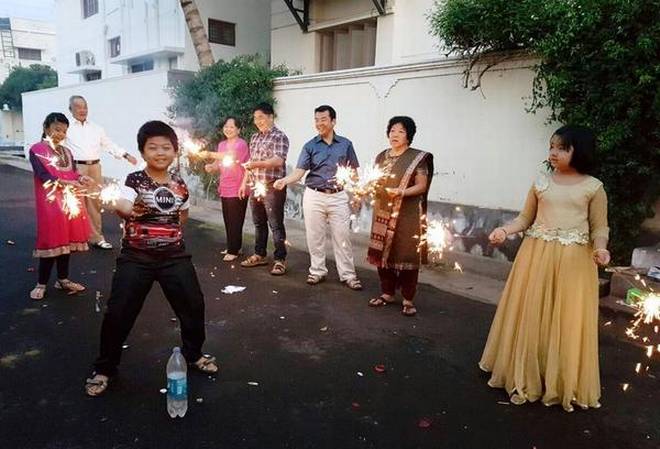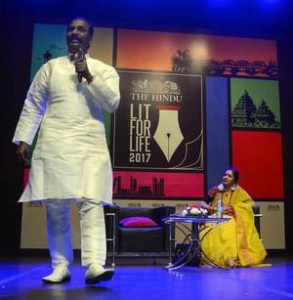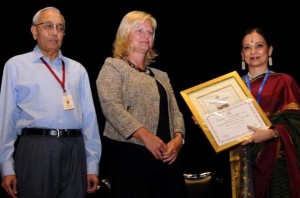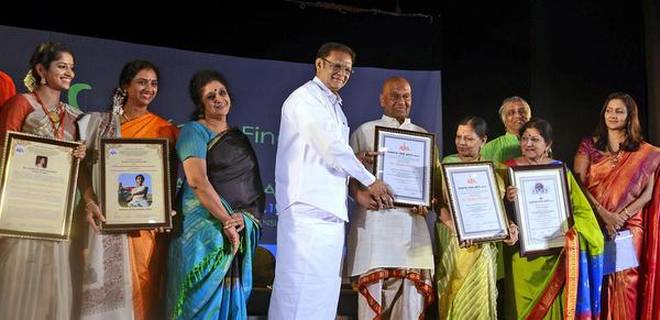Chennai :
At a time when the police are facing uncomfortable questions from all quarters including courts, activists and opposition parties, here is a young officer who has stood out. Tiruchy Deputy Commissioner A Mayilvaganan has become a lone ranger in khaki in the State today, applauded for the way he handled the jallikattu protests.
On January 23, the day when the protests took a downward spiral into violence and street battle in Chennai for which the police are under fire for their alleged role, Mayilvaganan stood out for his impassioned speech that coaxed protesters to disperse peacefully. The way in which he handled the protest and protesters has impressed many on the corridors of power, almost from the High Court of Madras to the Chief Minister.
While hearing a case seeking relief from various persons affected by the violence, Justice R Mahadevan of the High Court had asked the officer to be present at the court on Monday. Today, the judge openly expressed the court’s admiration for the way the protest was handled.
Later in the day, Chief Minister O Panneerselvam also invited the young officer to his chamber in the Secretariat to express his appreciation of his work.
Helped by his experience in Madurai, where, as the Additional Superintendent, he witnessed the brewing discontent among the people over jallikattu, Mayilvaganan was calm in handling the protests when it began turning ugly in other parts of the State. According to sources, police personnel were asked not to use their lathis against the crowd.
Even when the students took their protests to the street blocking the road near MGR Statue, he appealed to them not to bring a bad name to the protests that had been peaceful until then. The video of this impassioned but patient speech he gave on that day went viral on social media platforms, which made many sit up and take note of the young man.
“So far the protest has been good without any untoward incidents, and as an outcome of your protests, the government has passed an ordinance which would pave way for the conduct of the bull taming event in coming days. It is wise to end the protest now,” the Deputy Commissioner appealed to about 100 students through the loudspeaker.
Subsequently, a section of police personnel went on to convince the students individually by explaining them the provision of ordinance and other legal developments in ensuring the conduct of jallikattu in coming days.
Soon enough, the crowd dispersed, perhaps the first protest venue in the State where protesters took an official’s word on face value.
Before being posted at Tiruchy last year, Mayilvahanan, served in Ambattur, Chennai, as Deputy Commissioner, and was ADSP (Headquarters), Madurai before that.
source: http://www.newindianexpress.com / The New Indian Express / Home> States> Tamil Nadu / by Express News Service / January 31st, 2017
